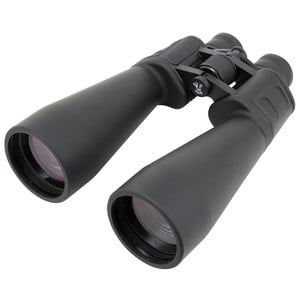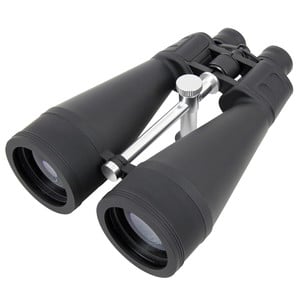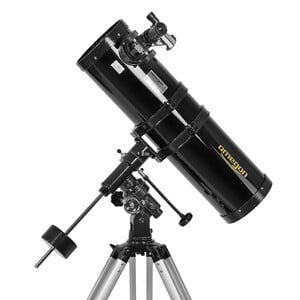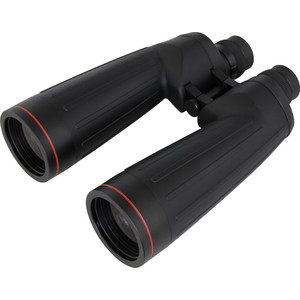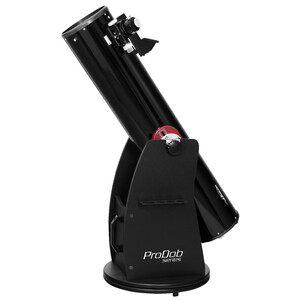How to find the celestial Christmas tree
Not many people know this: there is a Christmas tree that shines in the starry night sky. Would you like to discover it too? Here we give you instructions together with a location map.
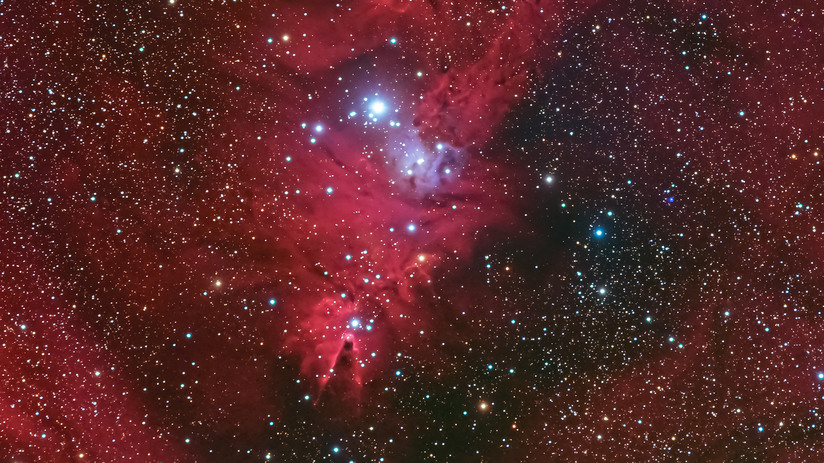 The Christmas Tree Cluster NGC 2264 with the Cone Nebula, a dark nebula, directly below. Tragoolchitr Jittasaiyapan
The Christmas Tree Cluster NGC 2264 with the Cone Nebula, a dark nebula, directly below. Tragoolchitr JittasaiyapanNGC 2264, the impressive open cluster in the otherwise fairly unassuming constellation Monoceros, is also known as the rather beautifully-named Christmas Tree Cluster. And it really looks like one: you can make out the shape of a Christmas tree, hung with Christmas tree baubles and candles made of stars.
A far distant tree
The custom of putting a Christmas tree in our warm sitting room has only been with us since the 19th century, and it has since spread throughout the world. However, the light from this cluster is much older. Since this object is 2,600 light-years away from our solar system, the light that reaches us today originates from a time when Nebuchadnezzar ruled Babylon and the ancient city of Pompeii was founded.
Young up-and-coming cluster
This cluster is young: at just two million years old, NGC 2264 is recently-formed astronomically-speaking, and can be found nestled inside a bluish emission nebula. This cluster really is a jewel in the night sky. Strictly speaking, it is only a small part of a larger star-forming region, because there are numerous other young stars - not visible to us - that are enshrouded in the nebula. At around 100,000 years old, such protostars can only be explored and observed by astronomers using infrared telescopes.
Which instrument should you use for observing?
You don't need much equipment to observe this. Even 10x50 binoculars will be enough to find the magnitude 4 cluster with its HII region. Large 20x80 binoculars will collect more light and so are even better. The cluster looks impressive when observed through a telescope with a small magnification of around 50x. If you also want to discover the reflection nebula that surrounds the cluster, you need a dark sky and a telescope with an aperture of at least 150-200 millimetre. Simply print out the following map and use a red-light torch to refer to it at any time.
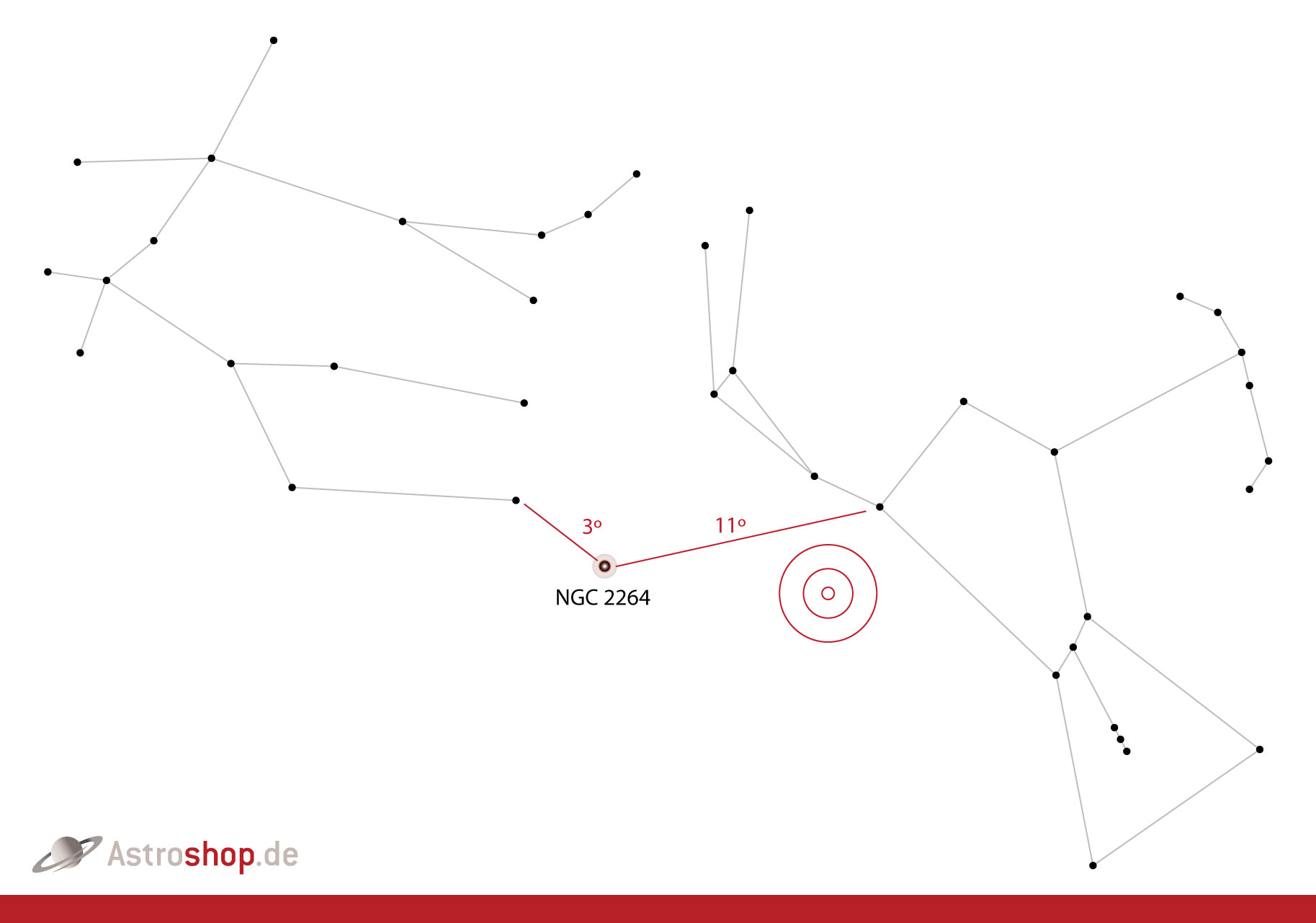
Finding the Christmas Tree Cluster
Approach the constellation of Monoceros from the direction of Orion, and draw an imaginary line between the stars at Orion’s shoulders. Starting from Betelgeuse, move 11° to the left, i.e. two binocular - or two and a half telrad/radiant - fields of view.
Alternatively, you can also find your way from the bright star Alzirr (31 Gem) in Gemini, because your destination is just 3 degrees from here. This option is particularly convenient because you can just about see both objects in your binoculars’ field of view. The location map with target circles for a Telrad/Radiant red dot finder gives you further information.
Once you have found the cluster, you should immediately spot the bright 3.9 magnitude star 15 Mon. By the way, this star represents the tree’s trunk and can even be seen with the naked eye. The other 20 to 30 cluster members are a little fainter at magnitude 8, but still easy to see in any binoculars. Can you make out the shape of the Christmas tree? It’s standing on its head when observed with binoculars, through a Newtonian telescope we can immediately see a Christmas tree that is the right way up.
We wish you lots of festive observing fun.

